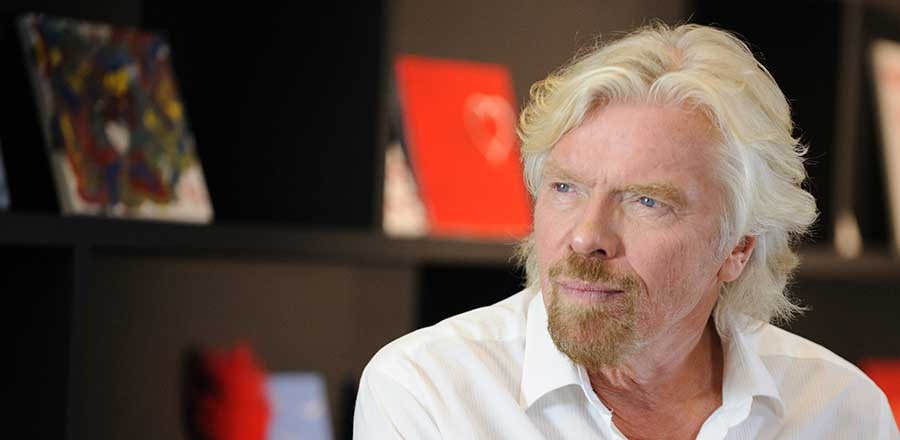“Being an adventurer and an entrepreneur is not that dissimilar.” – Sir Richard Branson, Tribeca Film Festival 2016.
These words by Sir Richard Branson resonated with me when I saw him speak at Tribeca Film Festival recently, following the screening of his documentary entitled “Daring to Dream” surrounding the events of Virgin’s hot air balloon mission across the Atlantic.
The film exemplifies the idea of seamless entrepreneurship, defying the status quo and reimagining advertising content in a new context. Flying across the Atlantic Ocean on a branded balloon was a huge marketing win and an authentic experience brands strive to create every day.
Just as the lines between advertising and content have blurred over the past decade with new forms of digital media content, the platforms where we receive messages are headed towards an integrated playspace as well.
One of the original digital landscapes that emerged with the adoption of the Internet was Second Life, an online virtual world. As part of the Tribeca Film Festival 2016 Imagination Day, Second Life founder Philip Rosedale, took the stage to share his insights surrounding the development of his latest project: High Fidelity. This open source technology brings the physical world to life across digital screens using virtual reality, enabled by facial recognition and sensors.
Rosedale shared his vision where virtual reality is headed in the context of the human experience, summed up in three waves:
First Wave: Immersion
VR handsets are the new mouse. The mouse has only 2 degrees of freedom, and thus Second Life was built in 2D. The development of headsets and handsets allows creators to manipulate the virtual world in ways you can’t with a mouse. This new hardware allows developers to sculpt, create, and design in 3D. Now that this hardware is more readily available, Rosedale predicts that the ‘Microsoft Paint’ of VR will emerge in the next 6-12 months.
Second Wave: People
People will lead the second wave, where adoption of communicating in a virtual world will occur naturally. Being able to connect face-to-face virtually will open up human interactions in new ways that traditional screens don’t provide for presently.
Third Wave: Place
The network of computers to connect all machines will create a space equal to the surface of the earth. Essentially, a “planetary-sized” VR network will connect the world. In line with Moore’s Law, this computer network is doubling in scale and detail at a rapid rate. This platform allows for mass adoption across the globe, connecting people in virtual worlds.
“Remember how profoundly wrong you were about understanding the scale of the Internet. That’s where we are with VR today.” – Philip Rosedale
Image credit: CC by WeMeanBusiness



